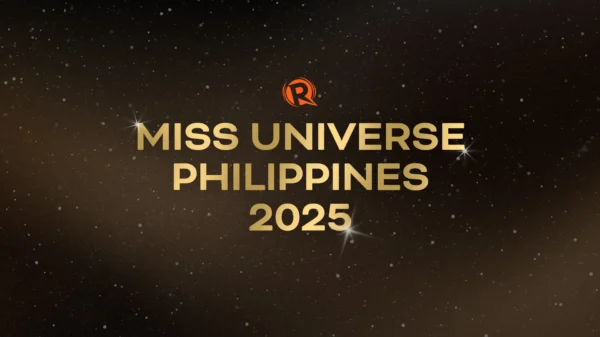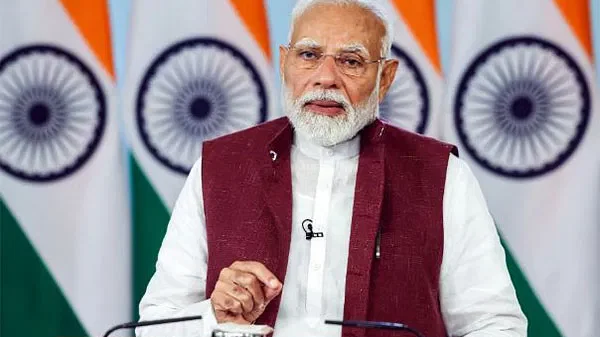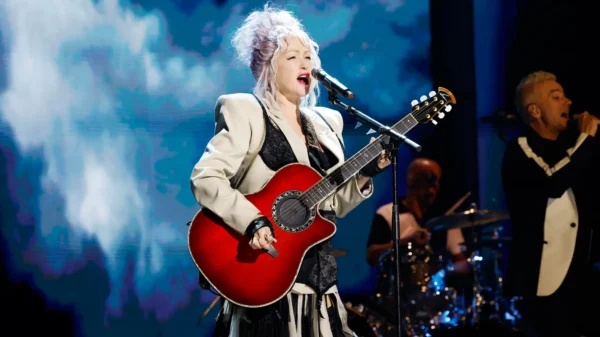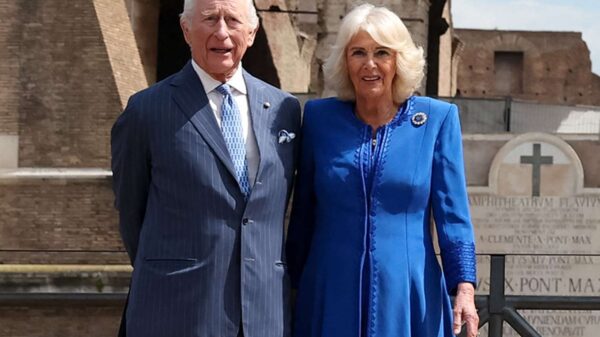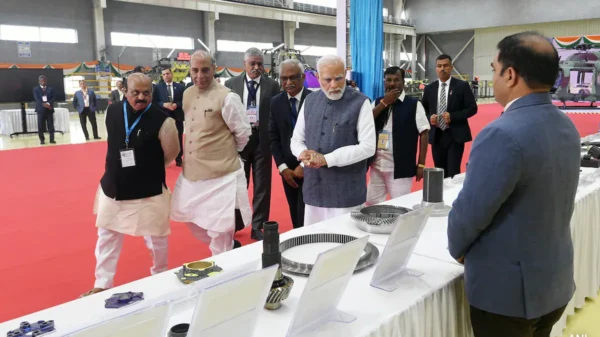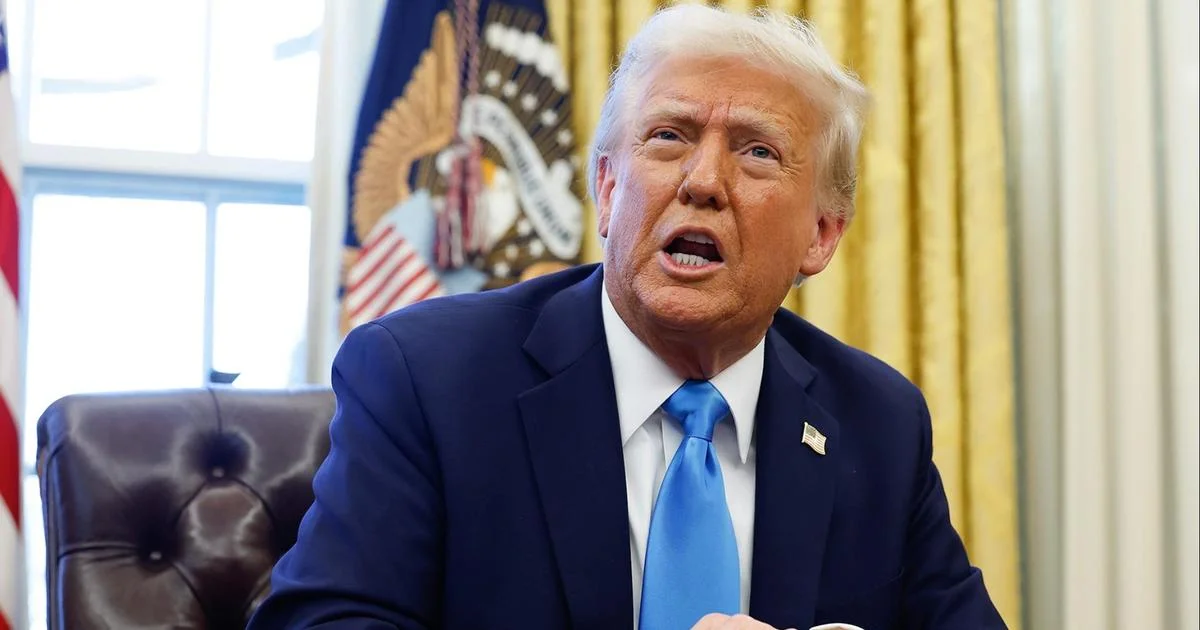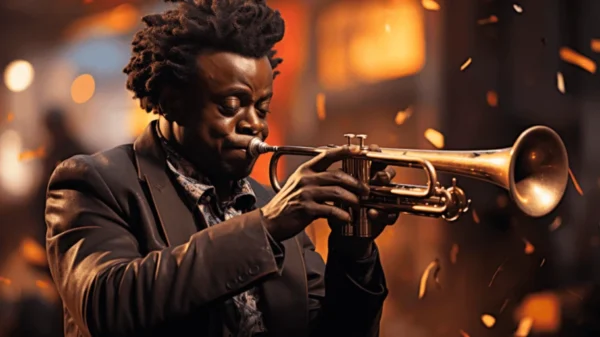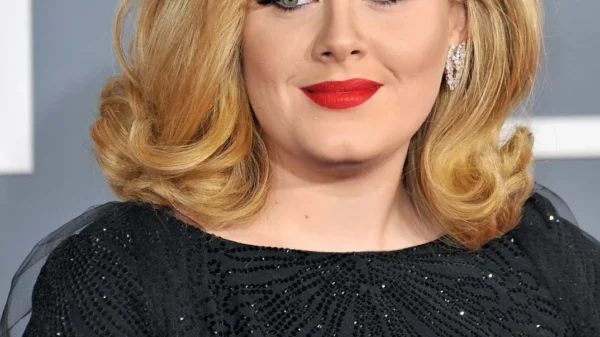President Trump Signs Executive Order on Transgender Athletes
Executive Order “Keeping Men Out of Women’s Sports” Enacted
On February 5, 2025, President Donald Trump signed Executive Order 14201, titled “Keeping Men Out of Women’s Sports,” which prohibits transgender girls and women from participating in female sports teams. The order mandates that educational institutions receiving federal funding must enforce this policy or risk losing financial support.
Policy Enforcement and Federal Funding Implications
The executive order directs federal agencies and state attorneys general to enforce the ban on transgender female athletes in women’s sports. Institutions that fail to comply face the threat of revoked federal funding, placing significant pressure on schools and colleges to adhere to the new mandate.
NCAA Aligns with Executive Order
Following the executive order, the National Collegiate Athletic Association (NCAA) announced a policy change prohibiting athletes assigned male at birth from participating in women’s sports competitions. This move aligns NCAA eligibility rules with the executive order, reversing previous policies that allowed athletes to compete according to their gender identity.
Legal Challenges Emerge
The executive order has prompted legal challenges from transgender athletes and advocacy groups. In New Hampshire, two transgender teens, Parker Tirrell and Iris Turmelle, filed a lawsuit against the Trump administration, arguing that the order unconstitutionally discriminates against transgender individuals. They are represented by GLAD Law, the ACLU of New Hampshire, and Goodwin Law.
State-Level Investigations Initiated
The U.S. Department of Education has launched investigations into state athletic organizations, such as the California Interscholastic Federation (CIF), for policies allowing transgender athletes to compete on female sports teams. These investigations aim to assess compliance with the new federal mandate and may lead to legal conflicts between state and federal regulations.
International Reactions and Potential Conflicts
President Trump’s executive order has drawn international attention, particularly concerning its potential conflict with global sports authorities like the International Olympic Committee (IOC). The order urges the IOC to enforce a similar ban for the 2028 Los Angeles Olympics, challenging existing international norms that have allowed transgender athletes to compete since 2004.
Public Figures and Organizations Respond
The executive order has elicited responses from various public figures and organizations. For instance, the daughter of Minnesota Governor Tim Walz publicly criticized the order, suggesting that the issue of transgender athletes in women’s sports is not significant. Such reactions highlight the contentious nature of the policy and its impact on public discourse.
Potential Impact on Educational Institutions
Educational institutions are now faced with the challenge of navigating the executive order’s requirements. Schools that choose to defy the ban risk losing federal funding, which could significantly impact their operations and resources. This situation places schools in a difficult position as they balance federal mandates with their policies on inclusion and diversity.
Advocacy Groups Mobilize Against the Order
Advocacy groups, including the ACLU and GLAD Law, are actively opposing the executive order through legal action and public campaigns. They argue that the policy violates constitutional rights and Title IX protections against sex-based discrimination in educational programs. These groups are seeking to overturn the order and protect the rights of transgender athletes.
Historical Context of Transgender Athlete Participation
The participation of transgender athletes in sports has been a topic of debate for years. Policies have varied across organizations, with some allowing participation based on gender identity and others imposing restrictions. The executive order represents a significant shift in federal policy, potentially influencing future discussions and regulations on this issue.
Potential Consequences for Non-Compliance
Institutions that do not comply with the executive order may face investigations and sanctions from federal agencies. The loss of federal funding could affect various programs, including athletics, academics, and student services, underscoring the high stakes involved in adherence to the policy.
Broader Implications for LGBTQ+ Rights
The executive order is part of a series of actions by the Trump administration affecting LGBTQ+ rights, particularly those of transgender individuals. These policies have sparked widespread debate and legal challenges, reflecting deep divisions in society regarding gender identity and equality.
Future Legal Battles Anticipated
As legal challenges to the executive order proceed, courts will play a crucial role in determining its fate. The outcomes of these cases could set important precedents for the rights of transgender individuals and the authority of executive actions in shaping social policy.
Impact on Transgender Athletes
Transgender athletes affected by the executive order face uncertainty regarding their participation in sports. The ban may limit their opportunities for competition, personal development, and scholarships, raising concerns about fairness and inclusion in athletics.
Public Opinion and Polling Data
Public opinion on transgender athletes in sports is divided. Some polls indicate significant support for restricting participation based on sex assigned at birth, while others show growing acceptance of inclusion based on gender identity. These differing views reflect the complex nature of the issue and its societal implications.
Comparisons to State-Level Legislation
The executive order parallels legislation in various states that have sought to restrict transgender athletes’ participation in sports. These state laws have faced legal challenges, and their outcomes may influence the enforcement and longevity of the federal policy.


